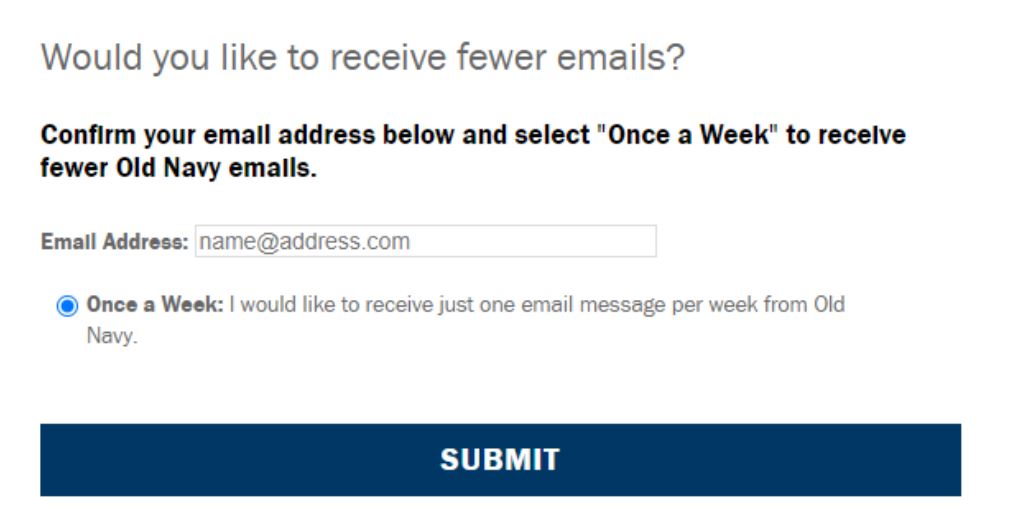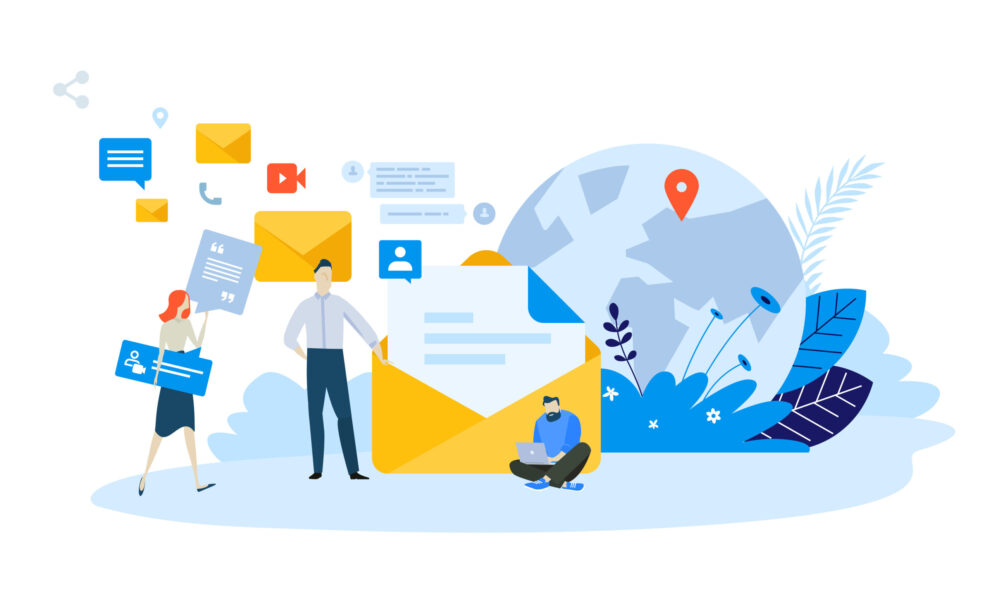Email Preference Center—What is it and Why Do You Need One?

Summary
If you don’t have an email preference center in 2021, add it to your marketing operations to-do list.
By Lisa Heay, Marketing Planning Manager at Heinz Marketing
Your marketing team has spent countless hours strategizing, building up your database, identifying target accounts, developing content and messaging for buyers in your market, and campaign planning. You finally launch that perfectly crafted campaign, and the recipient of your message thinks to themselves, “I’m not interested in [insert topic] – I’d rather not clutter up my inbox with irrelevant information. I’m going to opt out.” They click and are brought to a page with a single option: unsubscribe.
All that work, and the person is gone. Over and over again, your database starts to dwindle. According to Campaign Monitor, the average unsubscribe rate for all industries in 2020 was 0.1%. Seems like a small number, but it adds up quickly.
Now picture this scenario, but that recipient is instead brought to a page where they can opt out of topics that don’t interest them, but stay opted in to other topics you send out on a regular basis.
The work your team did to build up the database is preserved!
According to research by MarketingSherpa, the number one reason people unsubscribe is because they get too many emails in general, and second, the emails are not relevant to them.
What is an Email Preference Center?
You have an unsubscribe page because it’s required, and your marketing automation platform may have even come with this page built for you out of the box. This is the bare minimum, and it doesn’t put your recipient front and center.
An email preference center is a landing page that allows recipients to customize their communication experience with you. It’s not an all or nothing like a typical unsubscribe page—it allows your subscribers to choose what they want to receive from you.
Email Preference Center Types
The two most common types of email preference centers that I have seen are time-based—where your prospects can choose how often they receive emails from you—and content-based, where they can choose their topics or content of interest.
Time-Based
You might have a time-based preference center if you send out regular emails daily or multiple times per week and they don’t vary in content types. This might be more geared towards B2C type communications. I get a sale email from Old Navy almost daily and it drives me crazy!
With that in mind, I checked their preference center options, and they do have an email frequency control, but it doesn’t give me many options. I can continue to receive possibly multiple emails a day from them, or set it to once a week. There is no middle ground, and I do love a sale.
I’ve also seen some preference centers that allow the recipient to determine which day of the week they want to receive emails, or even pause receiving emails entirely for a set amount of time.
Content-Based
I’ve seen content-based preference centers more often in a B2B setting, but it’s also helpful in B2C as well. If you’re a retailer, you might have different categories of clothing you sell: men, women, kids, etc. Or in our case, we could have categories based on our solution areas: demand generation, account-based marketing, sales enablement, etc.
You could also organize content by type: newsletters, events, blogs, videos, resources, announcements, product updates, etc.
Benefits of an Email Preference Center
The most obvious benefit of an email preference center is a reduction in unsubscribes. According to research by MarketingSherpa, 49% of people prefer to get emails and choose the frequency themselves.
Not only that, but happy recipients don’t file spam complaints, potentially landing you on the dreaded blacklist. With privacy laws like CAN-SPAM, CCPA, CASL, and GDPR, you can’t afford to not be in compliance. An email preference center is a tool in your arsenal to help ensure you’re covered.
In addition, email preference centers collect valuable intel about your subscribers. What are they interested in? Think of the possibilities. You have recipients self-identifying their interests, and now you can send targeted, relevant topics and build that trust.
Finally, you’re likely to see increased engagement in the emails you do send. Think about what you respond to as a recipient. Going back to my Old Navy example, by the 6th email from them of the week, I’m mass deleting. No opens, no clicks. In fact, 74% of marketers say targeted personalization increases customer engagement rates.
It’s a win-win. You find out what truly interests your prospects, your engagement rates increase, and they get to control what they see from you. Take their interests and craft specific nurture tracks based on those topics. We have powerful marketing automation platforms at our disposal—take advantage of the capabilities!
Setting up a Preference Center
You can dream up whatever options you want, but the real question is can you set it up in your marketing automation platform?
It is easier said than done, but don’t let email preference centers intimidate you. There are a ton of resources available for every major marketing automation platform that makes this setup relatively painless.
Here are some marketing automation platform-specific resources to get you started:
- [Video] Setting Up and Managing a Subscription Center
- 8 Tips for Building a Marketo Subscriber Preference Center
- Building an Email Preference Center in Marketo
- HubSpot Knowledge Base – Set up email subscription types
- Pardot Email Preference Center Best Practices
Where should it go?
Now that you’ve spent time building your preference center, don’t hide it on your unsubscribe page. Serve it up in a welcome email when someone new enters your database. Link to it from your homepage or blog site. Stick a link in the footer of your website and marketing emails. Sing it from the rooftops!
In summary…
If you don’t have an email preference center in 2021, add it to your marketing operations to-do list. There are a ton of great resources out there on the topic. Here are a few more to get you started:
- Email preference center tips: How to keep every subscriber happy
- Email Preference Centers: Best Practices to Reduce Unsubscribes (with Examples)
- Give your Customers the Chance to Fine-Tune their Preferences
- 5 best practices for developing effective email preference centers
- Increase Subscriber Satisfaction with an Email Preference Center
- How an Effective Subscription Center can Improve Your Business




